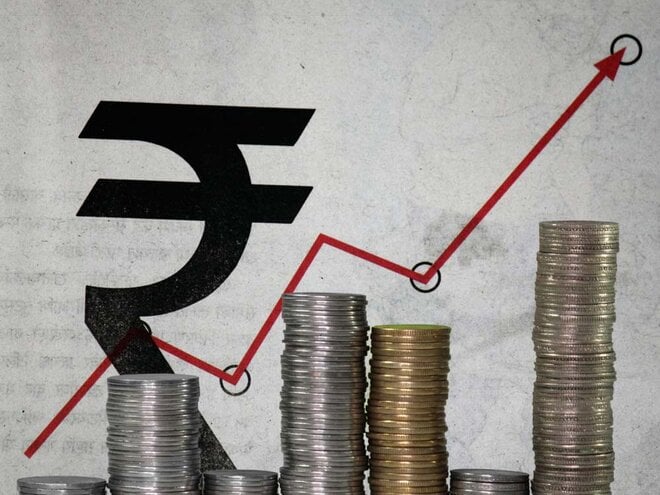
Warren Buffett said, "Price is what you pay. Value is what you get." The basic premise of value investing is to buy a stock well below its intrinsic value, which offers a margin of safety. In other words, buy the stock when not many investors are interested in it and then sell it when everyone is vying for it. However, profiting from such a stock may require a long-term horizon. At times, a value stock may test investors' patience for long by providing negative or negligible returns. But once the company gains attention or the company's earnings cycle shows a reversal, the stock turns out to be a wealth compounder.
However, one also needs to be cautious of 'value traps' - companies that look like value plays but have some inherent problem. Such companies can turn out to be wealth destroyers.
Growth investing, on the other hand, is the inverse of value investing. It focuses on buying high and selling even higher. Unlike value investing, it lays emphasis on those companies that are in a high-growth phase and may continue to grow in the near future. It gives little importance to a company's valuation, which leads to a limited margin of safety.
Growth investing leaves investors more prone to significant downside risks if the company fails to deliver. Growth investors may lose their capital in two ways: through the P/E contractions and through a fall in earnings. However, this risk can be significantly minimised if the company possesses a track record of consistent growth and does not belong to a cyclical sector.
Bajaj Finance perfectly exemplifies growth investing. While its stock trades at a price-to-book of around 10 times, its earnings have grown at a rate of over 30 per cent in the last five years. Avenue Supermarts, another growth story, trades at an astonishing price to earnings of 90 times, while its profits have grown by over 40 per cent in the last five years.
On the other hand, Just Dial was one of the most prominent growth stories a few years back but it faltered with time. Its stock traded at a P/E of more than 100 times in 2014. Since then, even though its profits have increased by 11 per cent annually in the last five years, its price-to-earnings multiple has contracted to just 23 times, yielding a negative return of more than 10 per cent in the last five years.
Peter Lynch's 'growth at reasonable price' approach (GARP) combines both value and growth investing, emphasising buying high-growth companies at reasonable valuations. This provides investors some margin of safety. Besides, this approach focuses on those companies that are growing faster but are trading cheaper in comparison to the pace of earnings growth. Although GARP is a more balanced approach, it still gives much importance to earnings growth.








